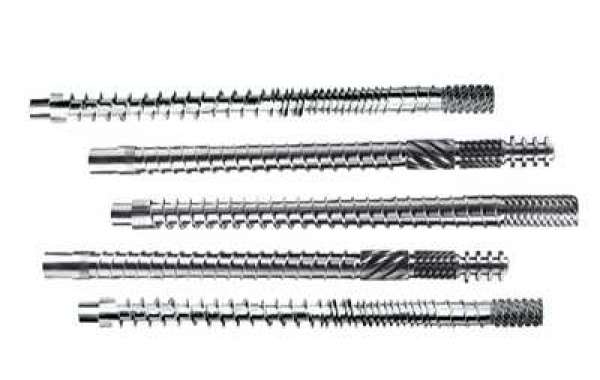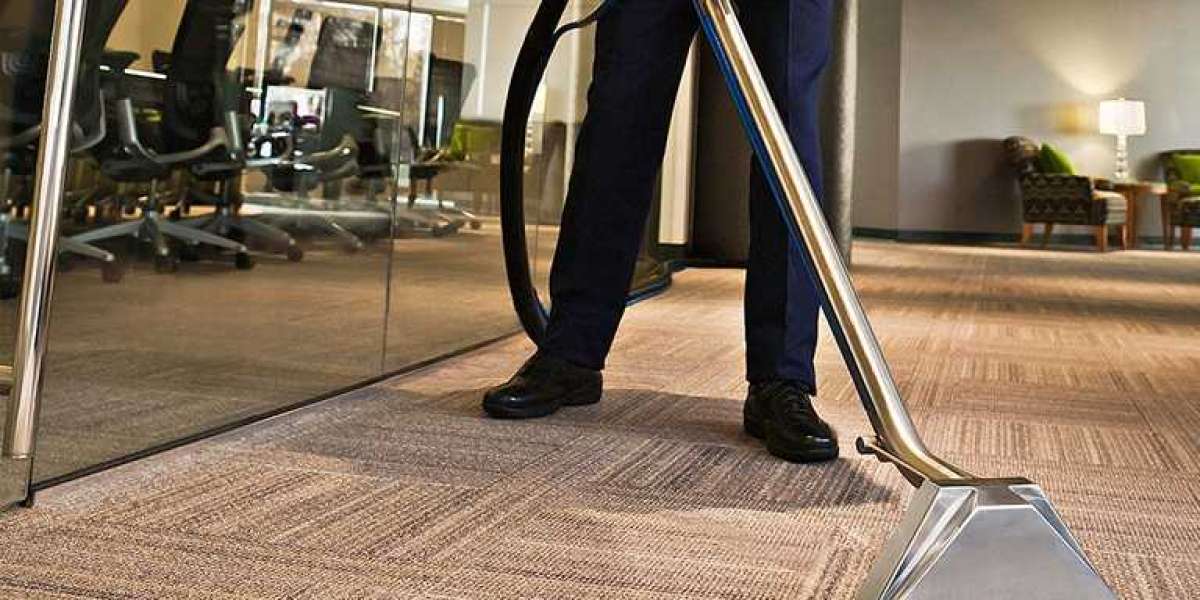After extrusion equipment
When the extrudate leaves the mold, it can be set to the desired shape, or its shape can be changed and then set to the shape. The equipment that performs this process is called "post-extrusion equipment" or "traction", and in terms of size, it is usually much larger than an extruder. This is because plastics take a long time to cool, and this cooling process determines the operating speed of the production line.
Extruded products
Extrusion products include:
Plastic film: This is usually used for packaging or sealing into bags.
Plastic pipes: pipes and hoses used in laboratories, automobiles, etc.
Plastic pipes: used for water, drainage pipes, gas, etc.
Plastic insulated wires and cables: used in industry and household appliances, communications, power distribution, etc.
Raw materials for other plastic processes: Extruders are widely used as compounding machines or mixers. The output from the extruder blender is chopped or pelletized to form a feed for another process, such as extrusion or injection molding.
Plastic coated paper and metal: used for packaging.
Sheet: used for lighting, glass, signs, etc.
Filament: used for ropes, twine, brushes, etc.
Net: Used for soil stabilization, packaging, etc.
Profiles: used for household siding, gaskets, windows, doors, rails, etc.
Co-extrusion
Coextrusion is a process that allows two or more melt streams to be combined in a die to make extrudates from two or more materials. This process is now associated with thermoplastic materials, although it was first used with rubber polymers to make extrudates with layers of different colors. For thermoplastics, the material layers are usually combined together in a mold.
The simplest example only combines two layers, such as a colored layer on a natural core, which saves colorant costs. Films based on three or more layers are common in the packaging industry. Laminating two or more different polymer layers together can produce a product with better barrier properties than the product obtained when only a single polymer is used.
One of the frequently used polymers is a moisture or gas barrier layer based on polyvinyl alcohol (PVAL). Usually two or three extruders are used to produce a three-layer structure. In the blow molding process, co-extrusion and biaxial orientation can be combined to produce lightweight and strong bottles, thereby extending the product's shelf life.
Layered co-extrusion is not the only form of co-extrusion. Sequential co-extrudates can be produced by combining materials one after another. This can include hard thermoplastic materials combined with soft thermoplastic materials. Alternatively, two materials, such as a transparent material and an opaque material, can be extruded side-by-side to produce sheets for making thermoformed trays.
Exhaust squeeze
The vented extruder consists of vents, which are used to extract volatiles from plastic materials during the extrusion process. Using a ventilator can reduce the water (moisture) and volatile content present in the plastic material to a satisfactory level.
Along a portion of the extruder barrel, the diameter of the root of the Screw Barrel is reduced to depressurize the melt. At this time, there is an exhaust port in the barrel through which steam escapes (when exhaust is not required, the exhaust port may be blocked and not used). Then, the steam-free melt is fed into the mold and recompressed by increasing the diameter of the screw root.
A dam or torpedo part is integrated on the screw before the exhaust port to ensure that the melt does not escape through the exhaust port. Due to the design and operation of the venting machine (variable screw geometry and high L/D ratio), it has been observed that these can produce excellent mixing.
However, it must be remembered that pre-drying of polymers is more appropriate because heating certain plastics in contact with water may degrade or decompose them.






